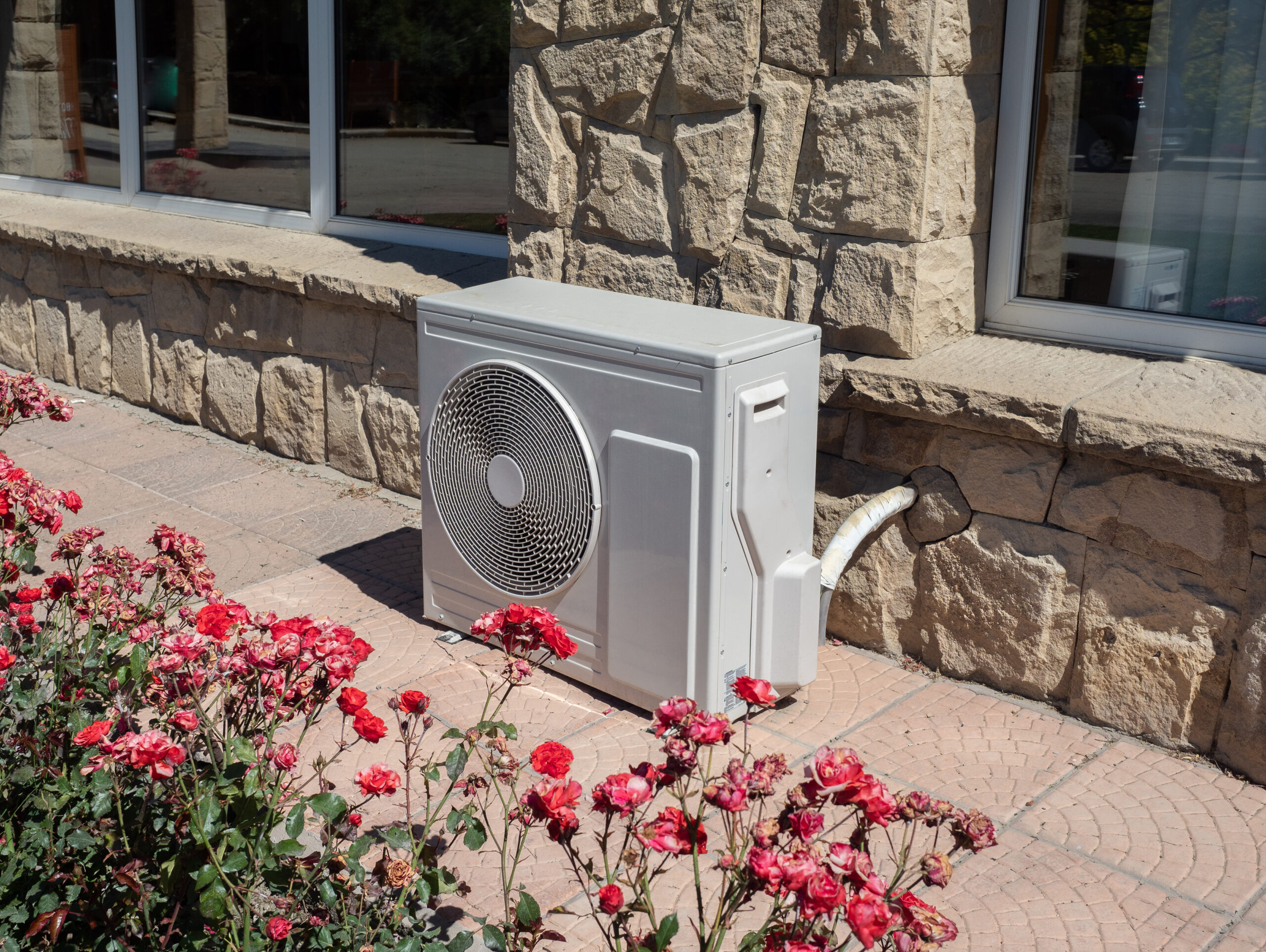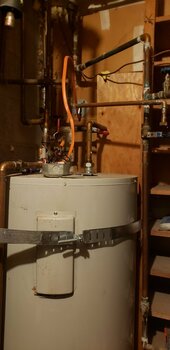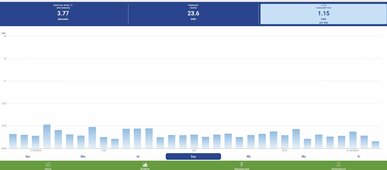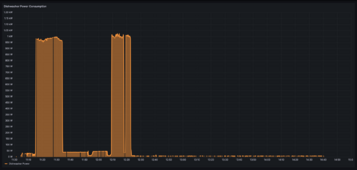Their tanks, yes. Their heat pump units though, not so much.
Our last Rheem tank here was 30 years old when I replaced it (it was still functioning but on borrowed time as I was sure very little maintenance had been done to it prior to our owning the home). I replaced it with a stainless steel Rheem unit, 315 litres. It
should outlive me.
This is our daily water heater energy consumption for the last six months:
View attachment 196509
All but 12 kWh of that was powered by our solar PV (I use a smart PV diverter). Days with low consumption are likely days the tank did not complete a full heat cycle (poor solar PV production days) but it normally makes up for it in the following day or so.
Two person household with occasional friends/family staying. Benefit of a large tank is our system can ride through multiple days of poor solar PV weather yet still supply ample hot water. I have an automation to alert me if it's gone for too many days without a full heat cycle, such that I can choose a manual boost (legionella safety). Never needed to so far.
With our new retail plan having two free windows on weekends, they are now the perfect time for that.


 buildingdecarb.org
buildingdecarb.org









